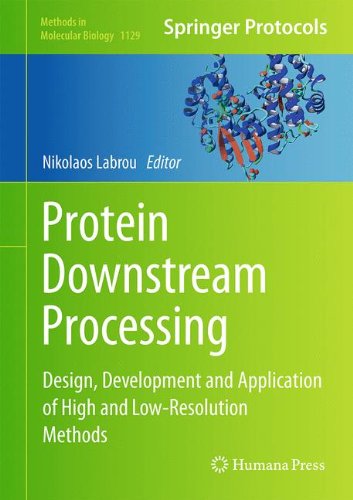

Most ebook files are in PDF format, so you can easily read them using various software such as Foxit Reader or directly on the Google Chrome browser.
Some ebook files are released by publishers in other formats such as .awz, .mobi, .epub, .fb2, etc. You may need to install specific software to read these formats on mobile/PC, such as Calibre.
Please read the tutorial at this link: https://ebookbell.com/faq
We offer FREE conversion to the popular formats you request; however, this may take some time. Therefore, right after payment, please email us, and we will try to provide the service as quickly as possible.
For some exceptional file formats or broken links (if any), please refrain from opening any disputes. Instead, email us first, and we will try to assist within a maximum of 6 hours.
EbookBell Team

0.0
0 reviewsProteins are the most diverse group of biologically important substances. With the recent technological advances in the genomics area and the efforts in proteomics research, the rate of discovery for new proteins with unknown structure and function has increased. These proteins generated from genomic approaches present enormous opportunities for research and industrial application. Protein Downstream Processing:Design, Development and Application of High and Low-Resolution Methods is a compilation of chapters within the exciting area of protein purification designed to give the laboratory worker the information needed to design and implement a successful purification strategy. It presents reliable and robust protocols in a concise form, emphasizing the critical aspects on practical problems and questions encountered at the lab bench. Written in the successful Methods in Molecular Biology series format, chapters include introductions to their respective topics, lists of the necessary materials and reagents, step-by-step, readily reproducible protocols and notes on troubleshooting and avoiding known pitfalls.
Authoritative and easily accessible, Protein Downstream Processing: Design, Development and Application of High and Low-Resolution Methods will be an ideal source of scientific information to advanced students, junior researchers, and scientists involved in health sciences, cellular and molecular biology, biochemistry, and biotechnology and other related areas in both academia and industry.